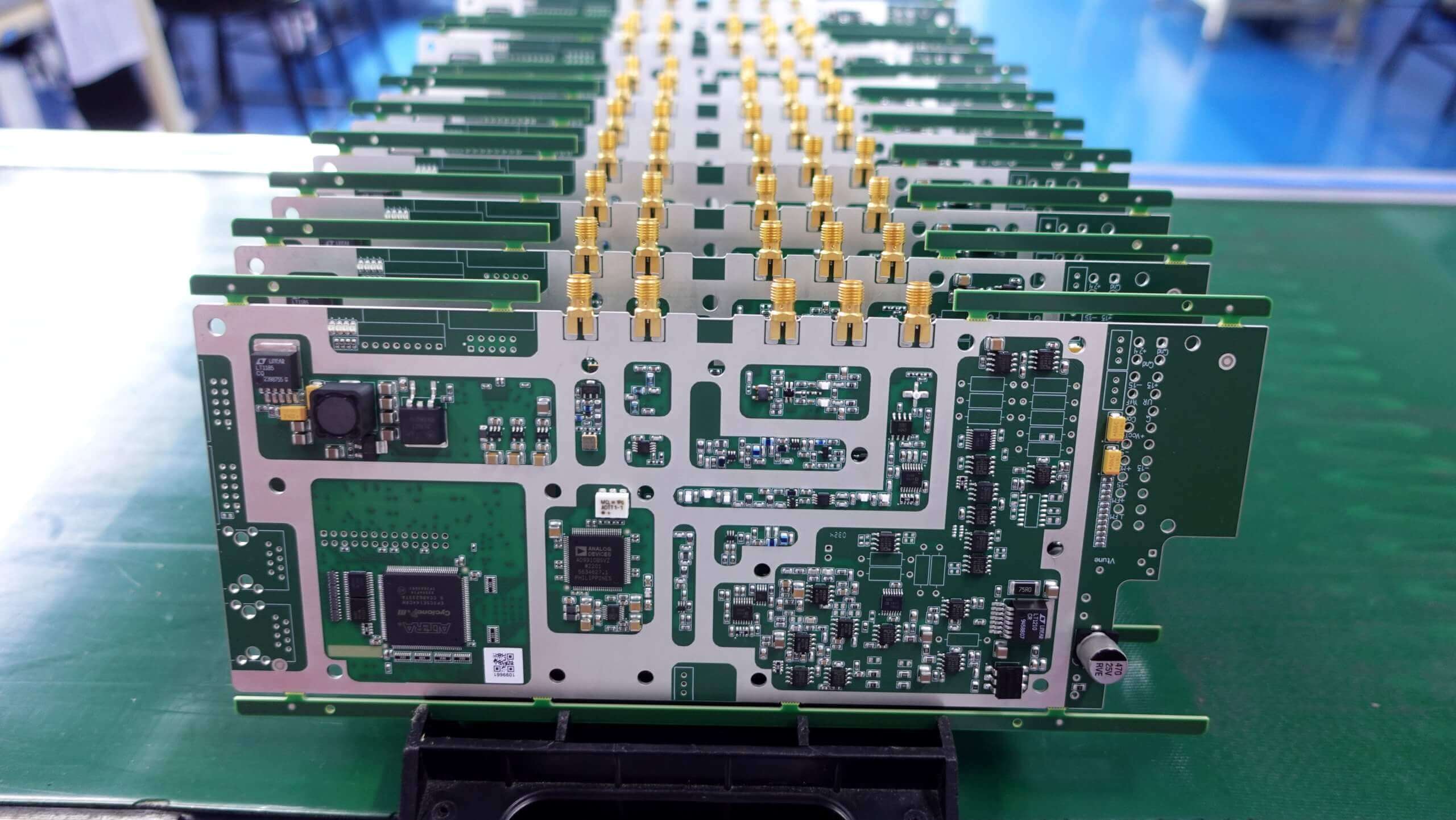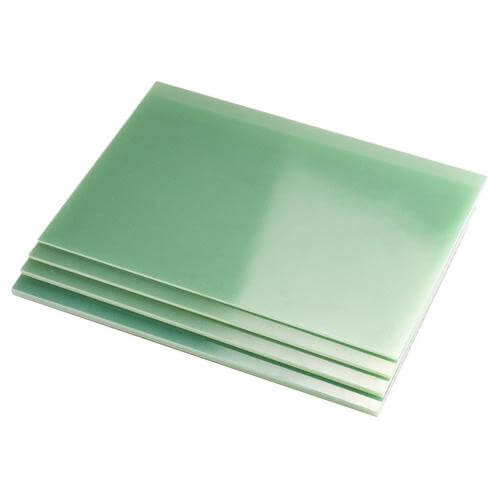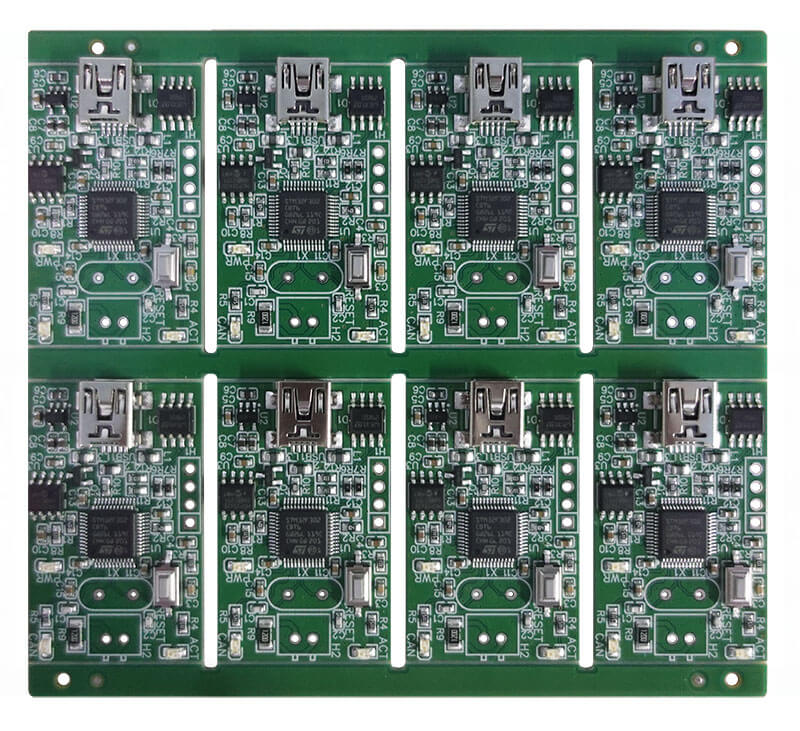What is an SMT Assembly Line?
This revolutionary technique achieves precise placement of microelectronic components onto printed circuit board surfaces, fundamentally transforming traditional through-hole assembly methodologies. Unlike legacy technologies requiring drilled holes for component insertion, SMT enables significant enhancement of component integration density through its precision mounting capabilities. This advancement drives continuous evolution toward miniaturization and lightweight design in electronic devices. Combined with automated production workflows, such high-density assembly processes empower modern electronics to maintain high performance while achieving superior structural stability and improved manufacturing yield rates.
What Equipment is in an SMT Assembly Line?
Core Production Equipment
Automatic Solder Paste Printer
Function: The first critical step in SMT lines, this machine deposits solder paste onto PCB pads using a stainless steel stencil. Precision here directly impacts downstream processes.
Technology: Modern printers utilize vision alignment systems for ±25μm repeatability.
Key Parameters:
Printing speed: 15–30 seconds per board PCB size
range: 50×50mm to 510×460mm
Pick-and-Place Machine
High-speed machines: Optimized for small components (e.g., Yamaha YS series), achieving up to 250,000 CPH (components per hour). Handles 0402 (0.4×0.2mm) to LQFP-208 packages.
Universal machines: Equipped with multi-nozzle systems for complex components (BGAs, QFNs, connectors) at ±35μm accuracy.

Multi-Zone Reflow Oven
Process: Features 8–12 temperature zones for controlled heating:
- Preheating (150–180°C)
- Soaking (180–220°C)
- Reflow (peak 245°C)
- Cooling
Advanced Models: Nitrogen-enriched environments reduce oxygen to <100ppm, minimizing oxidation.
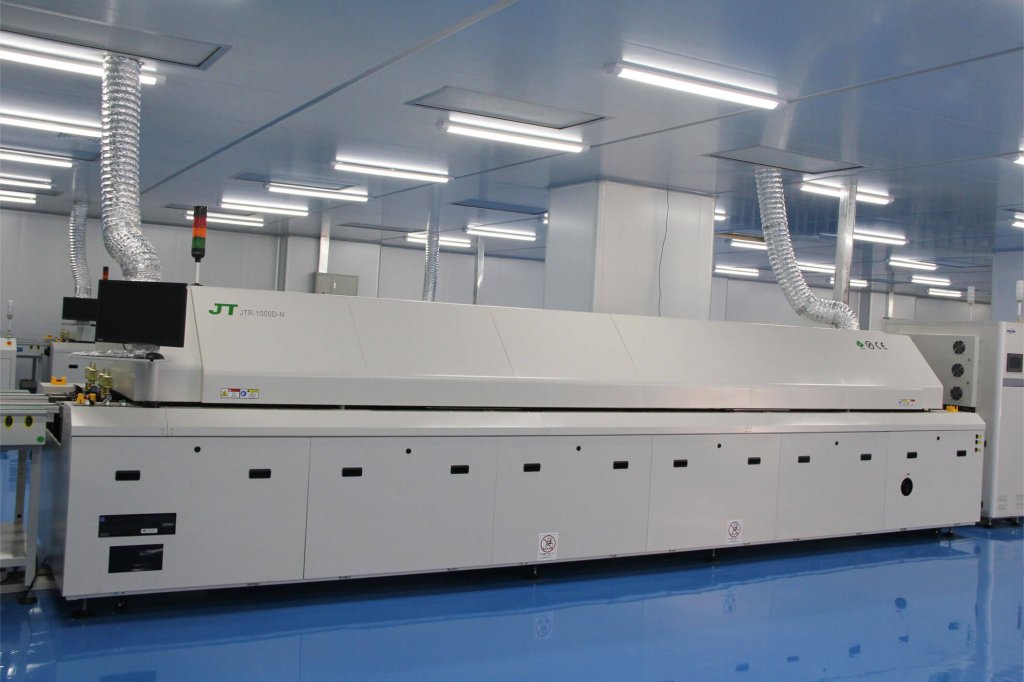
Auxiliary Equipment

Specialized Process Equipment
Specialized Process Equipment
Selective Wave Soldering System Application:
- Solders through-hole components in high-reliability products (e.g., automotive electronics).
- Features: Nitrogen-assisted spray; solder pot temperature control (±2°C).
Laser Stencil Cutter Function:
- Fabricates stencils with ±5μm precision for 0.08mm-thick steel; minimum aperture: 0.1mm.
What Types of SMT Assembly Lines Does Keep best PCBA Offer?
Keep best PCBA provides several different types of SMT assembly lines to meet a variety of assembly needs.
High Speed Assembly Lines
For large scale production, these high speed assembly lines are extremely useful. The high speed pick and place machines equipped in them can place thousands of components per hour! In volume production of digital consumer goods including communication devices, touchscreen tablets, and mobile computing units, adopting this industrial-scale fabrication line facilitates enhanced production throughput.
Precision Assembly Lines
In fields where extremely high precision is required, such as aerospace and medical electronics, Keep best PCBA’s precision assembly lines come in handy. These assembly lines are equipped with advanced detection and placement systems. Even when dealing with delicate and high density components, they can achieve micron level accuracy, ensuring the reliability of the final product.
Flexible Assembly Lines
Some manufacturers produce a wide variety of products, but the production volume of each product is not particularly large. In such cases, flexible assembly lines are very suitable. They can be effortlessly modified to accommodate various printed circuit board configurations and part specifications. They can rapidly transition between assorted manufacturing lots, delivering significant versatility
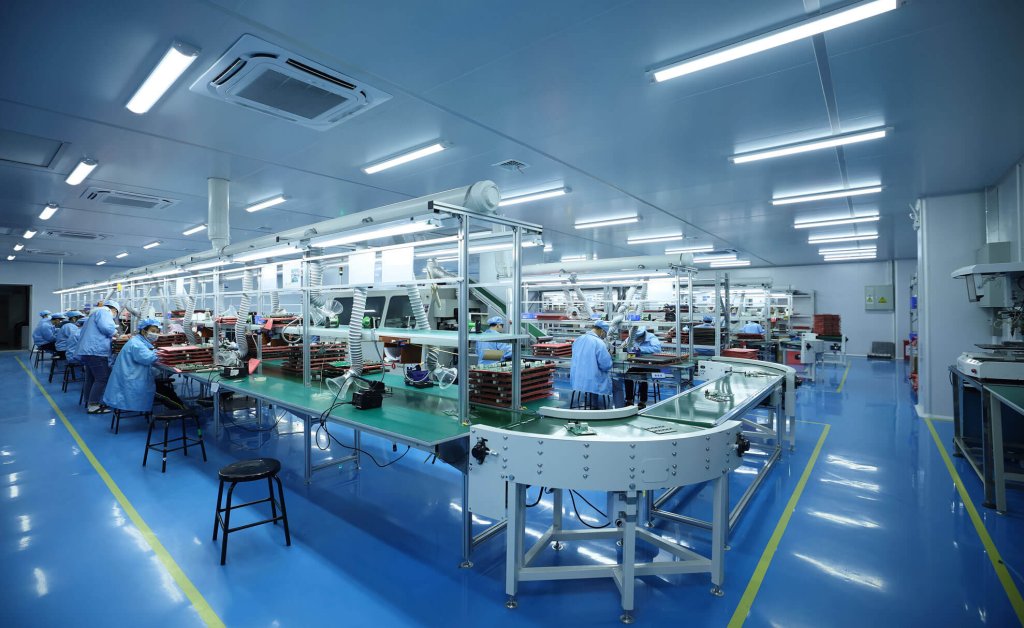
Advantages of SMT Assembly Lines
Enhanced Production Efficiency
The implementation of precise positioning systems and advanced soldering techniques within Surface-Mount Technology (SMT) manufacturing demonstrates significant potential to mitigate human error influence during production. By integrating these methodologies, manufacturers achieve dual benefits: reduced incidence of common defects such as improper solder joints and component misalignment, while simultaneously enhancing product consistency through standardized assembly processes. This technological approach not only strengthens quality assurance protocols but also establishes more reliable performance characteristics across assembled units, creating measurable improvements in both product uniformity and operational dependability.Exact process management guarantees that every product can reach high – quality criteria, cutting down the defect rate and enhancing the overall quality.
Improved Product Quality
The enhanced consistency and reliability of products in SMT assembly can be attributed to the significant minimization of defects such as improper solder joints and misplaced components. This improvement stems from advanced soldering methodologies and precision placement systems that systematically reduce reliance on manual processes. By minimizing human intervention in critical stages like component positioning and thermal management, manufacturers achieve higher quality control standards, thereby optimizing both production efficiency and end-product durability.
Facilitated Product Miniaturization
In response to escalating consumer demand for enhanced portability in electronic devices, the electronics manufacturing sector has witnessed a paradigm shift driven by Surface Mount Technology (SMT). Unlike conventional through-hole component placement, SMT revolutionizes circuit board design by enabling micron-level precision in component assembly. This technological leap eliminates redundant spacing constraints of legacy systems, allowing manufacturers to achieve unprecedented miniaturization without compromising performance. The resulting compact form factors—exemplified by ultra-thin smartphones, wearable tech, and foldable gadgets—now dominate global markets, where portability is a non-negotiable feature. Strategic adoption of SMT aligns with industry-wide miniaturization goals, creating a scalable framework to meet evolving user expectations for devices that blend mobility with high functionality.
Reduced Production Costs
Enterprises can achieve granular control over manufacturing costs, although the upfront investment in SMT assembly lines requires significant capital allocation. Through enhanced production efficiency, minimized defect rates, and streamlined labor requirements, the long – term operational value of SMT assembly lines ultimately outweighs the initial expenditures.
These cumulative advantages become more prominent over extended production cycles. As a result, they translate into measurable financial optimization for businesses.
Disadvantages of SMT Assembly Lines
High Equipment Investment
The prohibitive capital requirements for SMT system acquisition create systemic challenges in manufacturing democratization. While advanced solder paste deposition systems and precision component placement units anchor the core functionality of these production ecosystems, the true financial complexity emerges from compounding factors. Material handling automation and AOI quality control systems – often overlooked in initial cost assessments – introduce secondary investment layers that amplify financial strain. This multi-tiered expenditure framework disproportionately impacts SMEs, whose operational budgets face conflicting priorities between technological modernization and immediate production demands. The resulting resource allocation dilemma perpetuates a cyclical disadvantage where limited capital access prevents adoption of very technologies needed to achieve cost efficiency gains, thereby institutionalizing the manufacturing sector’s technological stratification.
High Maintenance Costs
SMT assembly line equipment has a complex structure and requires a very high level of maintenance expertise. Regular maintenance, repairs, and replacement of worn parts not only need to be carried out by technical personnel but also consume a large amount of funds. Moreover, the equipment is updated rapidly. To remain competitive, enterprises have to invest funds for upgrades.
Stringent Process Requirements
Every aspect of the SMT production process has exacting requirements for process parameters. Parameters such as solder paste printing thickness, placement accuracy, and reflow soldering temperature profiles are all crucial. The integrity of production outcomes hinges on precise adherence to defined process parameters—a system where even minor deviations cascade into quality failures. To mitigate this, skilled technical teams serve as operational custodians, implementing real-time monitoring protocols and dynamic adjustments to sustain production stability. This dual focus on parameter vigilance and human expertise forms the cornerstone of consistent product quality, transforming theoretical specifications into repeatable manufacturing excellence.
Conclusion
The strategic adoption of SMT assembly systems has triggered a paradigm shift in the electronics manufacturing landscape, acting as crucial catalysts for industrial evolution.
Despite the significant upfront capital expenditure involved in these systems, which includes high – precision placement machinery, reflow soldering infrastructure, and automated optical inspection (AOI) modules, their long – term operational value is transformative.
SMT lines are redefining production standards in various sectors that require microscopic precision. They achieve this by enabling breakthroughs in component miniaturization, defect minimization, and throughput acceleration. These sectors range from AI – driven wearables to automotive sensor arrays.
Component placement offset may be caused by a variety of reasons. First, check the mechanical accuracy of the placement machine, such as whether the lead screw, guide rail, etc. are worn or loose; secondly, confirm whether the feeder is working properly and whether the position of the component in the feeder is correct; in addition, the positioning accuracy and reference point setting of the PCB may also affect the placement accuracy. For these problems, they can be solved by regularly calibrating the equipment, replacing damaged parts, optimizing the feeder settings, and re-adjusting the PCB positioning parameters.
Cold soldering problems are usually related to the quality of solder paste, soldering temperature curve, and the solderability of PCB pads and component pins. Reliable solder paste should be selected, and the reflow soldering temperature curve should be optimized according to the characteristics of the solder paste and the requirements of the component to ensure that the solder paste is fully melted and the soldering time is appropriate. At the same time, the solderability of the PCB and components should be tested, and if necessary, the pads and pins should be pre-treated to improve solderability.
There are many ways to improve production capacity. Optimize the layout of the production line to reduce the material transfer time between equipment; arrange the production plan reasonably to avoid frequent equipment line changes; optimize the performance of key equipment such as placement machines, such as adjusting the placement speed and increasing the number of nozzles; strengthen employee training to improve operational proficiency and troubleshooting capabilities to ensure stable operation of the Assembly line.


